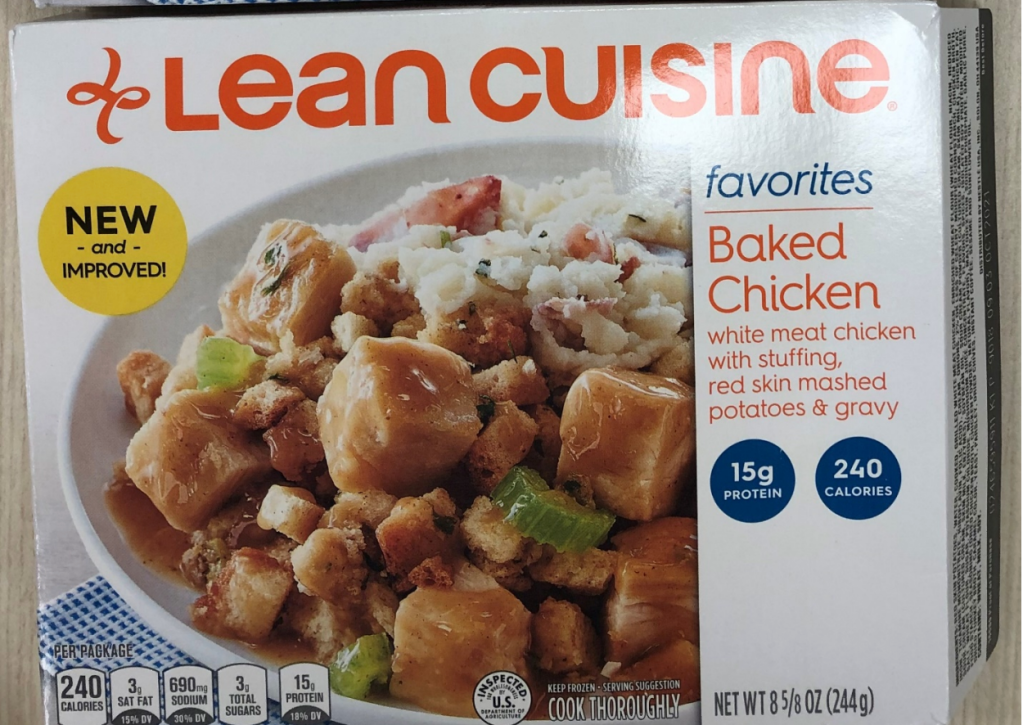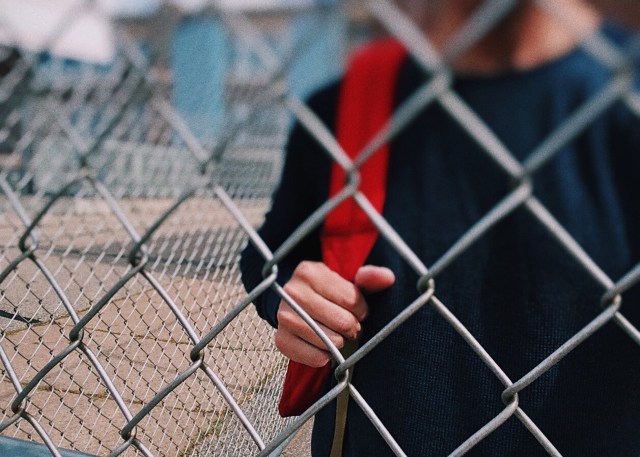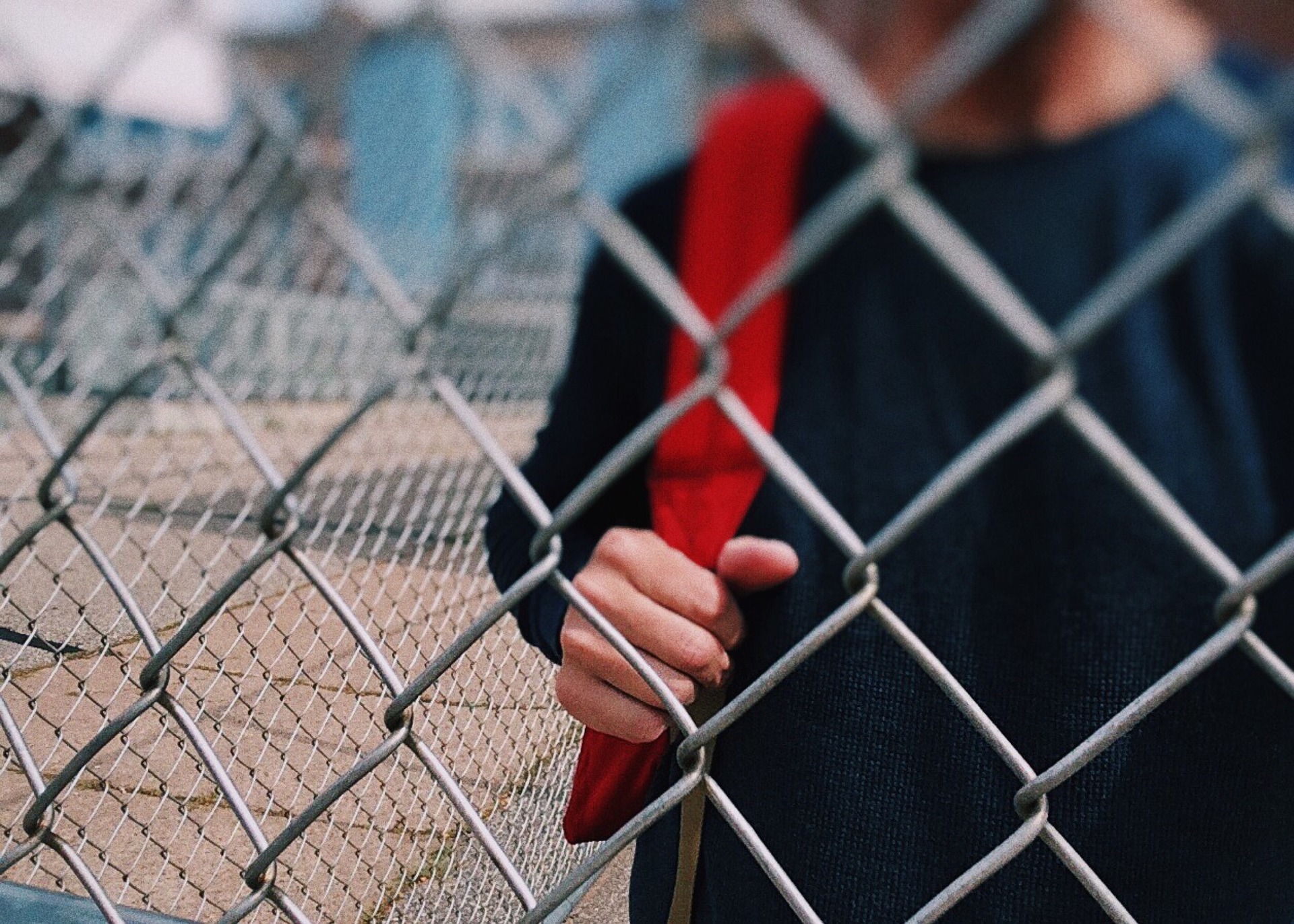
photo: iStock
Dear 17-year-old girl,
Your life is blossoming. You’re on the edge of adulthood. The future is full of such possibilities. It really is such an exciting time.
Me now? I’ll be 34 soon. (Gulp. I started applying more face creams than I ever knew existed).
But, what I’ve noticed over the past few years is that this is a hard season for my friends and childhood acquaintances. As we’ve aged there is more and more bad life stuff. Deaths, divorces, sick children, heart-breaking infertility—the really deep hard stuff.
My “let me check on you” list has never been longer. Which really made me start thinking about life. And, what is actually important. And, what I wish I knew before.
So, here is my shortlist of things I wish I knew at 17.
1. Go out to eat for breakfast or lunch or dinner with your parent(s) and grandparents. When they ask you to do things that annoy you (AKA spend time with them) do it. Life is fast and unkind. Time goes way too fast and we lose people way too soon.
2. Enjoy your youth. Really enjoy it. Enjoy being able to move without pain. To wake up without needing makeup and an anti-inflammatory. To have minimal real-world worries. You have the rest of your life to worry and adult—enjoy your youth.
3. Find friends. Real friends. At some point in your life (the sooner the better) take the time to find real friends. And, hold on to them tight. You’re going to need each other. More than you will ever know. There will be marriages, divorces, deaths, infertility, miscarriages, terminally ill children, and everyday hard daily life. You are going to need friends for the celebrations and for the grieving. Trust me. You won’t make it without them.
4. Be a good woman. The world needs more of them. Don’t mess with someone else’s man. Trust me—most of the time (in this situation) it’s the man who is the issue. Real men, the kind of man you want, won’t cheat. Not on you and not on the one before you (with you).
5. Get an education or career. Be self-sufficient. Gone are the days whereas a whole woman can count on men to support them and their families. Does it happen? Surely. But, always know you can fall back on yourself.
6. Know that you have more to offer the world than your external looks. The world will judge you by every part of your body every chance it gets. Know inside that you are worth more. Even if you’re beautiful—you are worth more.
7. If you decide to take the educated path know that the more successful you are—the more people will be intimidated by you. It’s something in our DNA. Especially true for men and dating. Men are programmed to be the breadwinners and protectors. Our society is no longer set up for that old world system. But, the judgment still happens. Don’t base your worth on this.
8. Know that you can’t fix or change anyone but you. You can’t. Don’t even try. But, you can fix and change yourself. And, you should—every chance you get.
9. You can’t love away addiction. You can’t love away mental illness. You can’t love away the broken parts of people. You can love people and support them in them wanting to get better, but you alone, cannot love anything away in someone else.
10. When someone shows you who they are. Believe them. The first time. That’s the universe’s way of warning you. Listen to the whispers.
Know that life is beautiful and tragic. If you don’t know rain, if you don’t live in the rain, the sunshine isn’t as bright.
What would you add to the list?
































